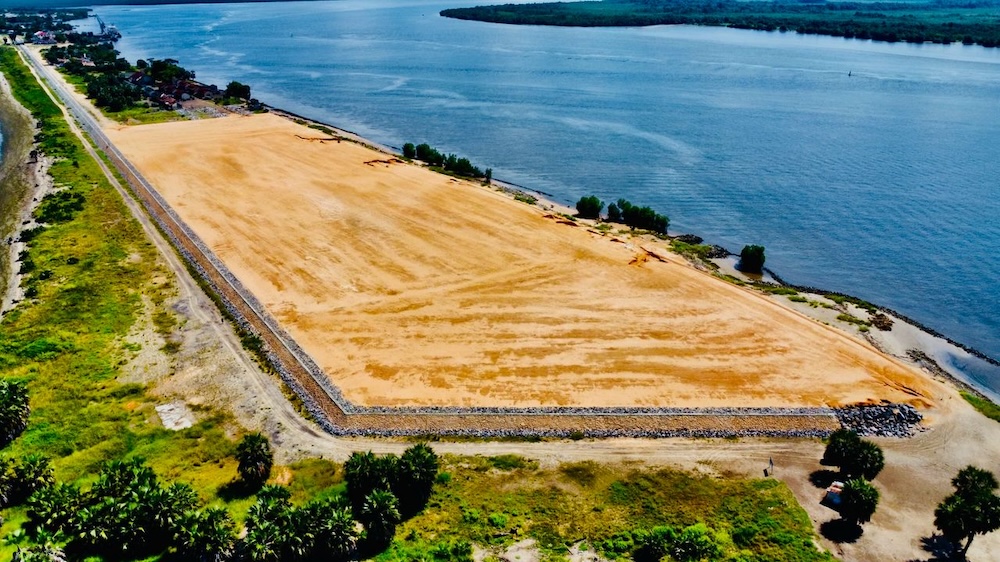Africa: Another Year, Another Rise in Food Insecurity - Including Famine - allAfrica.com
In July 2024, famine was detected in the Sudan's Zamzam IDP camp. In the following months, the official alert expanded to other camps in Darfur and Western Nuba Mountains. From December until now, famine has been confirmed in five other areas of the war-torn country. A further 17 areas are at risk.
It is the first time since 2017 that a famine has been declared anywhere on Earth.
In the 20 months since the war between rival militaries erupted, 13 million Sudanese have been forcibly displaced and over 30.4 million are in desperate need of humanitarian assistance, according to UN estimates.
The inhabitants of the Zamzam camp, like others in the Darfur region, have once again been displaced as extreme violence permeates every corner of the country.
In short, Sudan has quickly become one of the most severe food insecurity crises in history.
But in a year when the number of people experiencing acute food insecurity increased for the sixth consecutive year, Sudan is far from the only place marked by what the UN Secretary-General António Guterres has called the "scar" of hunger.
According to the 2025 Global Report on Food Crises, which was released Friday, , a number which amounts to 22.6 per cent of the population analysed.
The report "is another unflinching indictment of a world dangerously off-course," the UN chief said.
The report identified 36 countries and territories which have had prolonged food crises, with .
Moreover, the number of people facing catastrophic levels of food insecurity, as determined by the IPC standards, doubled between 2023 and 2024.
"After years of recurring emergencies in the same contexts, it's clear that business-as-usual is not working," the report concluded.
For the first time, the annual report also provided data on nutrition, estimating that in 26 countries.
Numbers like this do not emerge randomly, nor do they emerge in a vacuum. Rather, the report notes that this level of worldwide food insecurity is the result of multiple, intertwined factors.
", with crises overlapping and interacting, eroding decades of development gains and leaving people unable to recover," the report said.
Increased conflict was one of the driving causes for increasing food insecurity in 2024, specifically in the Democratic Republic of Congo, Haiti, the Sudan, South Sudan, Myanmar and Palestine - the Gaza Strip.
Gaza experienced the highest share of its population facing food insecurity, with 100 per cent of its inhabitants facing acute food shortages in 2024. Continued aid blockages since March 2025 have only worsened this insecurity.
The report also underlined the role that climate change plays in food shortages, pointing specifically to changing weather patterns which have impacted agriculture.
For example, the food situation in Sudan was worsened by low rainfall in 2024 while other parts of Southern Africa such as Namibia experienced crop failures due to flooding.
Economic shocks, including inflation and projected trade wars, also played a large role in worsening food insecurity crises, especially in places like Syria where long-term systemic instabilities increased vulnerabilities to economic shocks.
The Secretary General emphasized, however, that food insecurity at this level cannot simply be explained by one cause.
"This is more than a failure of systems - it is a failure of humanity," he said.
Recent funding shortages are projected to further exacerbate abilities to track and deal with food insecurity with .
Cindy McCain, Executive Director of the World Food Programme (WFP), said that the funding shortages are impacting every aspect of food distribution, from decreasing the amount of food WFP can provide and the funding for transport to remote areas.
"," Ms. McCain said.
Because recent funding cuts will negatively impact efforts to provide aid, the report underlined the importance of finding "cost-efficient" strategies which do more to invest in long-term community resilience and capacity development.
"[Addressing the root causes of food insecurity] requires better alignment of humanitarian and development investments, and a shift from treating food crises as seasonal shocks to confronting them as systemic failures," the report said.

Sign up for free AllAfrica Newsletters
Get the latest in African news delivered straight to your inbox
The UN Pact for the Future agreed in September 2024 dealt in part with the question of food insecurity in the 21st century, advocating for more resilient, inclusive and sustainable food systems.
Building on this, the Food and Agriculture Organization (FAO) is advocating for expanded investment in sustainable agriculture, which is four times more cost-effective than direct food assistance but only accounts for three percent of humanitarian funds.
"At FAO, we know that agriculture is one of the most powerful yet underused tools we have to curb food insecurity ... ," said Rein Paulsen, Director of FAO's Office of Emergency and Resilience.
In his video message on the report, the Secretary-General said that the Second UN Food Systems Summit Stocktake, which will be held in July in Addis Ababa, is an opportunity for the international community to work collaboratively towards addressing the challenges laid out in the GRFC report.
"," he said.










